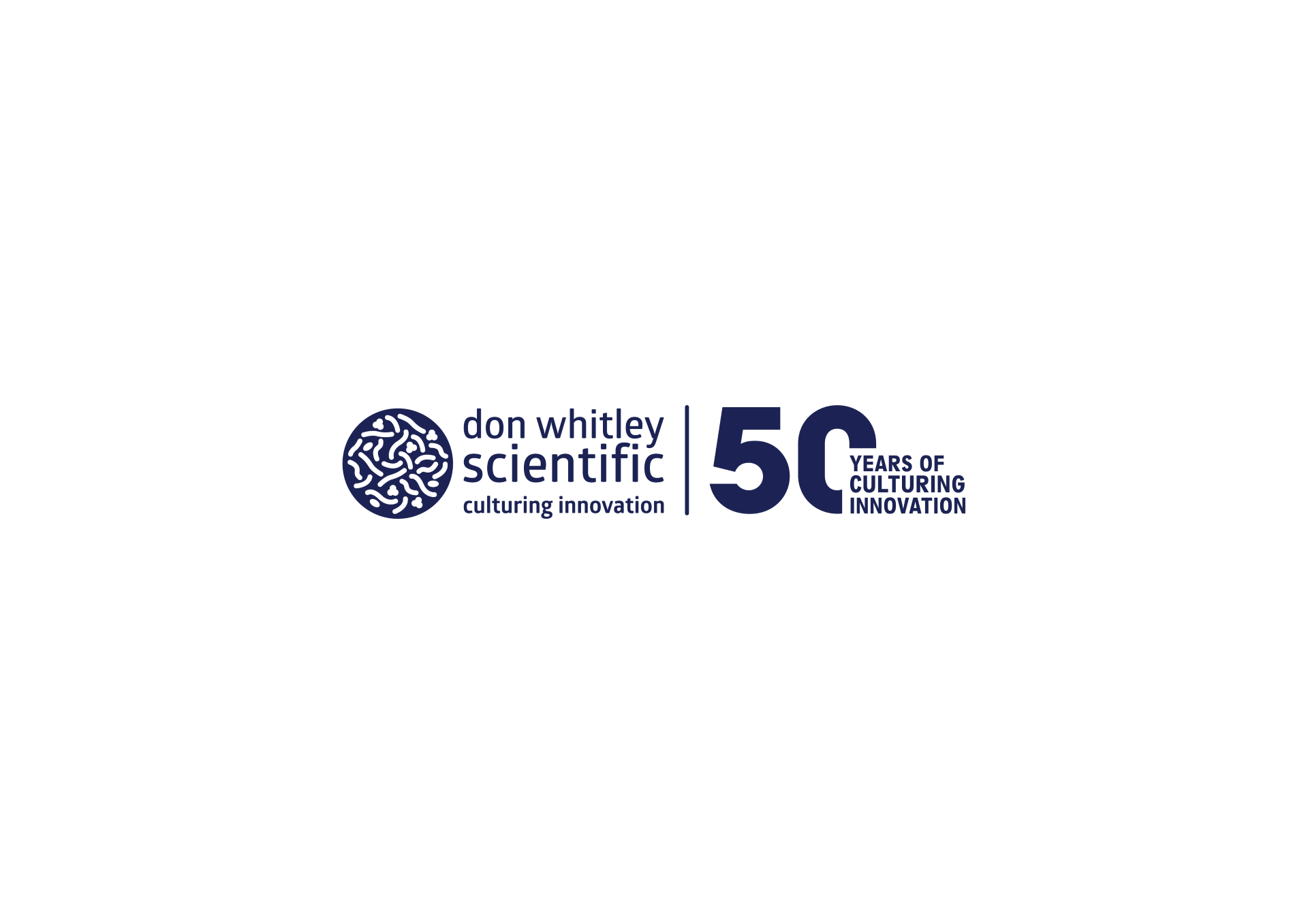
Two very recent papers, published in Cell and Regenerative Medicine, have described research into the advantages of reducing the oxygen exposure stem cells experience during isolation and cultivation, and the cellular mechanisms involved in translating hypoxia into increased stem cell survival and enhanced transplantation efficacy. The data presented by Mantel et al. on hematopoietic stem cells, and by Kay et al. on mesenchymal stem cells, caused quite a stir at the recent ISSCR meeting in Stockholm, as attendees discussed the implications for their own work.
Alasdair Kay and co-workers at Keele University evaluated the impact of various oxygen, glucose and serum levels on culturing human bone marrow-derived MSC’s. They found that the application of more physiological conditions, e.g. 2% oxygen instead of 21% O2 ambient, resulted in significantly increased cell yields; the highest yields were achieved in the stringently controlled hypoxic environment of a workstation. The authors attribute this to deoxygenation/reoxygenation cycles and very brief air exposure for cells cultured in an incubator, as compared to the controlled atmosphere in the workstation. Transcriptome analysis of hMSC’s cultured at 2% (incubator vs workstation) and 21% oxygen revealed scores of genes that were up or downregulated with very little overlap among the subsets. Kay et al. have identified downregulation of bone morphogenetic protein BMP2 expression, modulation of chemokine (C-X-C motif) receptor CXCR2 signaling, and LEPR upregulation as causative factors for enhanced hMSC isolation at hypoxia.
The term extraphysiologic oxygen shock/stress EPHOSS for hematopoietic stem cells experiencing “hyperoxia” outside of their natural niches is introduced by Mantel et al. from Indiana University. They delineated the detrimental effects of even brief exposure of bone marrow and cord blood to ambient conditions as compared to harvesting and processing HSC’s at constant 3% hypoxia. Up to 5-fold increased cell numbers and improved engraftment of transplanted HSC’s as a result of hypoxic conditions led the authors to question the relevance of the work currently being carried out at ambient oxygen. They attribute the beneficial effects of low oxygen on the yield and function of BM and CB stem cells to reduced production of reactive oxygen species ROS, implicating the mitochondrial permeability transition pore MPTP, cyclophilin CypD, and p53 in protection from EPHOSS. Mantel et al. predict that hypoxic processing will be significant for many other cell types and phenomena such as metabolism of cancer cells and stem cell aging.
This article was written by Burga Kalz Fuller, Product Manager at HypOxygen.
- Kay et al. “BMP2 repression and optimized culture conditions promote human bone marrow-derived mesenchymal stem cell isolation” 2015 Med. 10(2), 109-125
- Mantel et al. “Enhancing hematopoietic stem cell transplantation efficacy by mitigating oxygen shock” 2015 Cell 161, 1553-1565


 au
au


 xEnglish
xEnglish